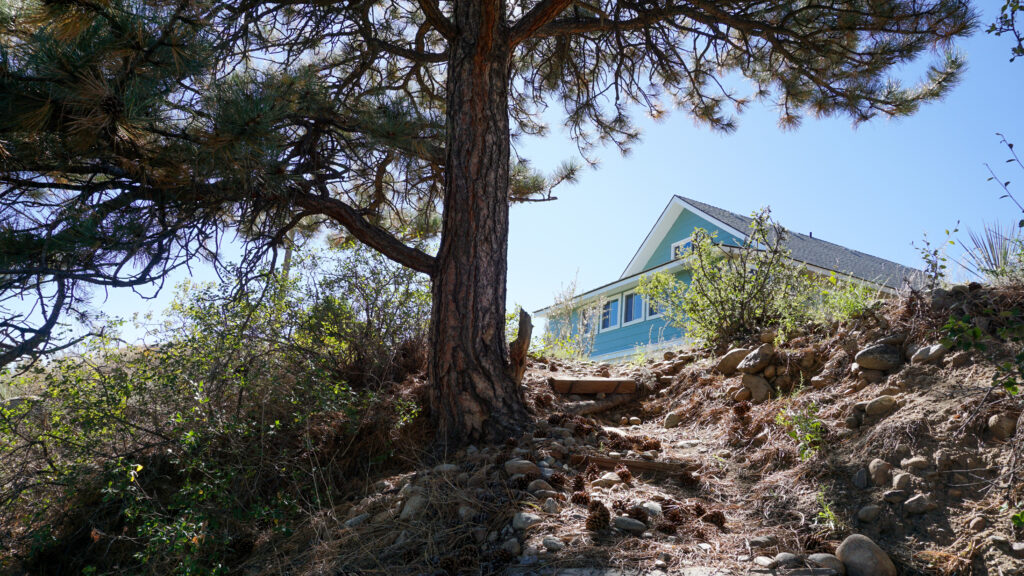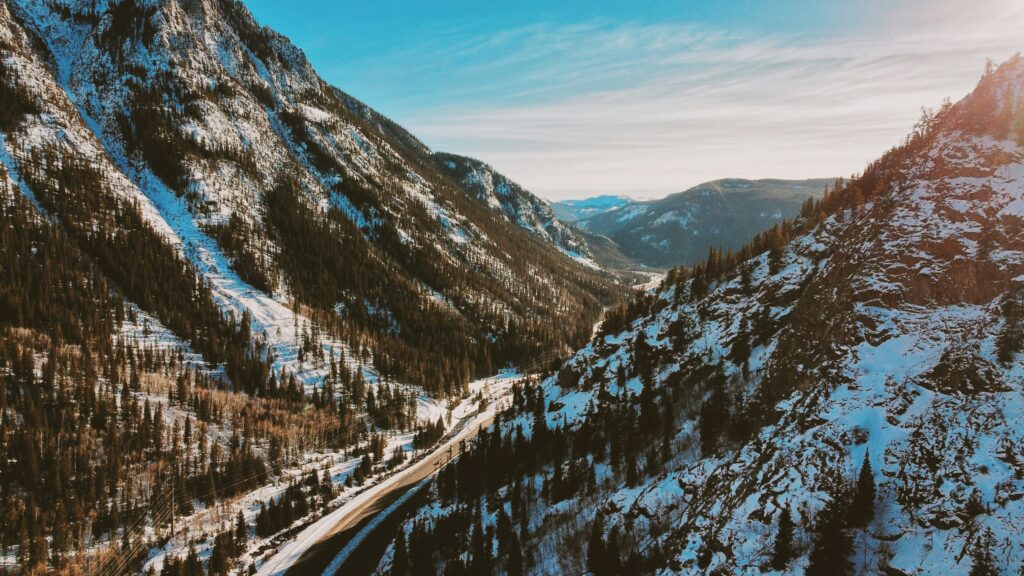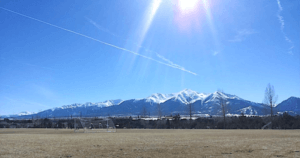.
When traveling through Colorado you cannot avoid hearing about the beauty of the Continental Divide. Continental Divide points of interests are great spots to stop and take pictures while soaking in the scenery on a Rocky Mountain road trip.
When checking with locals and visitors, we discovered a lot of confusion regarding what the Continental Divide actually is.
.Dispelling common misconceptions:
1. Water swirls in a different direction at the Continental Divide.
- False, the direction in which the water goes down the drains actually changes along the equator!
.12. The Continental Divide is one continuous line through the United States!?
- False, there are several Continental Divides in the United States, each with their own distinct features.
.3. Wind direction changes at the Continental Divide!?
- False, wind direction is not determined by the Continental Divide.
.
Understanding the Continental Divide
A continental divide is a watershed boundary where the drainage basin on one side feeds into one ocean or sea, while the other side feeds into a different ocean or sea.
.North America’s Continental Divides – The Great Divide
The most famous Continental Divide of the Americas is also called the Great Divide. It separates the watersheds of the Pacific Ocean from those of the Atlantic Ocean.
It runs from Alaska, through western Canada along the crest of the Rocky Mountains to New Mexico. From there, it follows the crest of Mexico’s Sierra Madre Occidental and extends to the tip of South America.
However, this isn’t North America’s only continental divide, there is also the Northern Continental Divide, the Eastern Continental Divide, the Saint Lawrence River Divide, the Great Basin and the Laurentian River Divide.
Some towns you can’t miss along the way include Leadville, Aspen, Buena Vista, Estes Park, and Breckenridge!
.See the map below to learn more about America’s Continental Divides.
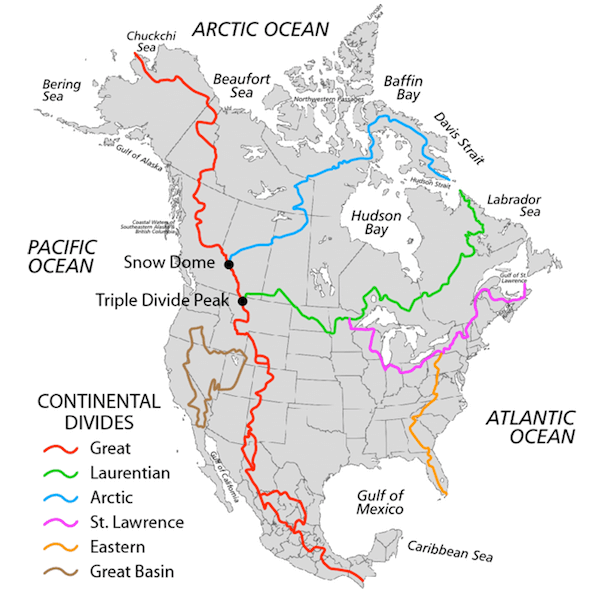
.
Continental Divides of the World
Depending on your definition of ocean, Eurasia, Africa, Australia and Antarctica have multiple divides.
The map below shows drainage of the major oceans and seas of the world…

.
Where to visit the Great Continental Divide in Colorado...
.1. Hike the Continental Divide Scenic Trail
The entire Continental Divide Trail is 3,100 Miles long and is one of the most significant trail systems in the world. However, you can also explore parts of it. Learn all about the Continental Divide Trail (CDT) trails HERE.
.2. Take a drive on Trail Ridge Road
One of the most popular scenic drives in Estes Park, for good reason. This route is the highest continuous road in the country, and holds the highest byway distinction!
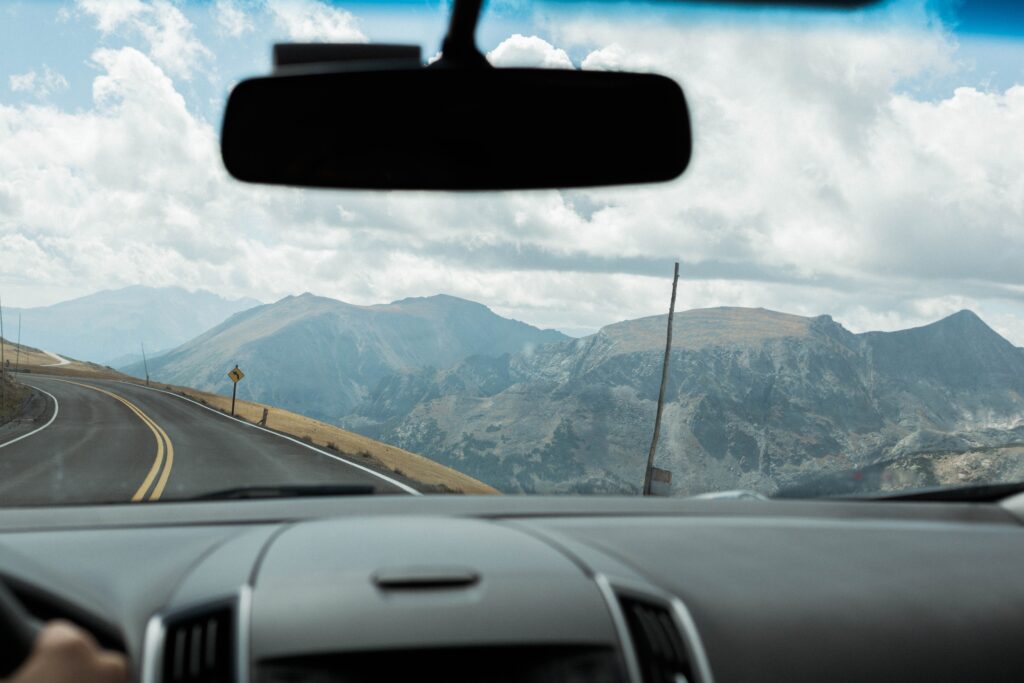
3. Skip I-70 for the legendary drive over Loveland Pass
This is a scenic and clever way to avoid the traffic at Eisenhower Tunnel on I-70. This beautiful photo location is at an elevation of 11,990 feet above sea level.
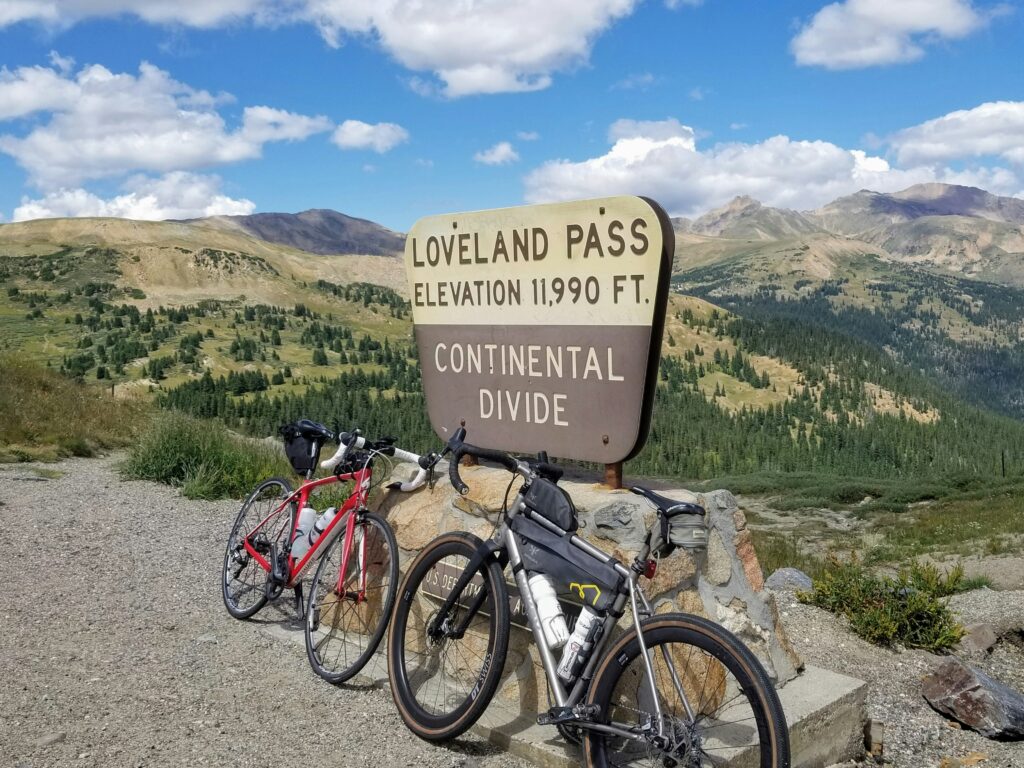
4. Visit the Continental Divide on Cottonwood Pass
This drive is close to Buena Vista. The road is paved on the Buena Vista side and is dirt on the other side towards Crested Butte. Enjoy the fantastic views from the top! Cottonwood pass is definitely the prettiest and best way to drive to Crested Butte and experience the Great Divide. Don’t forget to stretch your legs and come whitewater rafting when you’re in Buena Vista!
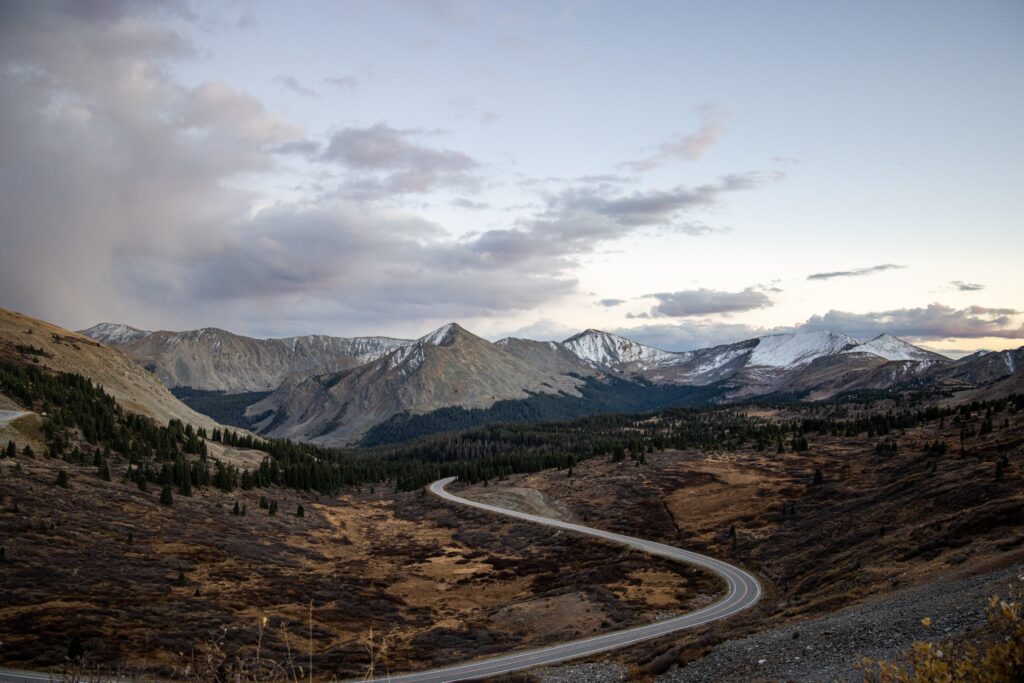
5. Independence Pass
Another very scenic drive from Aspen to Leadville with spectacular mountain views spanning from Buena Vista to Aspen. Keep your eyes peeled for wildlife (and Lance Armstrong!) on the switchback roads – they like to roam at these higher elevations.
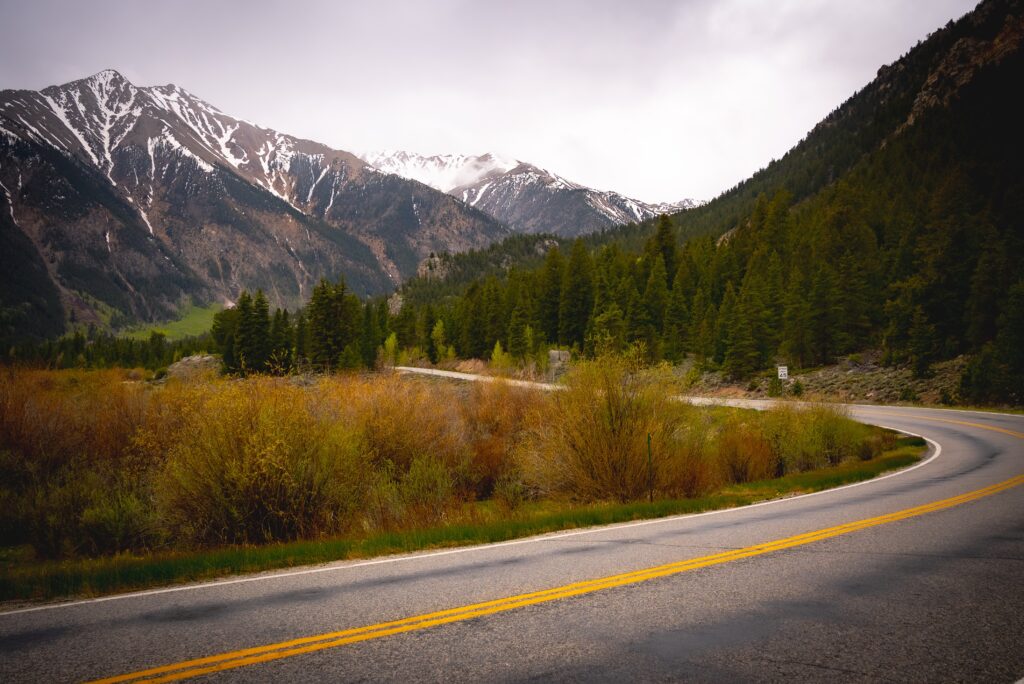
When you find yourself road tripping through Central Colorado, be sure to come whitewater rafting with the experts at The Adventure Company through Browns Canyon in Buena Vista. Recently designated a National Monument, Browns Canyon is a stunning high desert class III stretch of the Arkansas River.
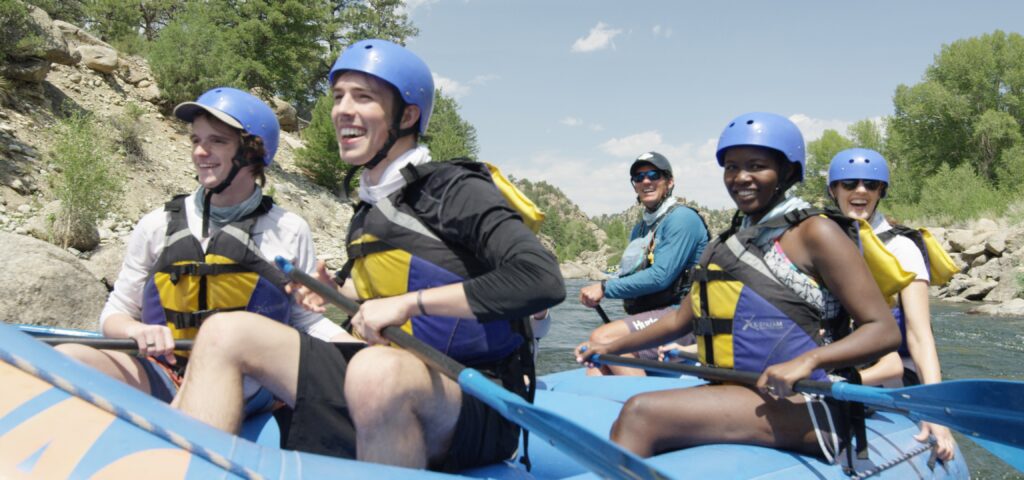
Don’t miss your chance to stay at A Riverhouse Lodge, a stunning lodge nestled on the Arkansas River with breathtaking views of the Collegiate Peaks and the Arkansas River from each room. Get a special discount on lodging when you raft with The Adventure Company!
